The education issue in Taiwan has long been a crucial and sometimes controversial topic that raises wide awareness of how the next generation are educated.
In 2014, the Curriculum Guidelines of the 12 Year Basic Education system was promulgated by the Ministry of Education(MOE), and became the first curriculum guideline in Taiwan that stresses coherence and integration from grade1 to grade12.
In 2015, there was a social movement regarding the administrative procedure and the modification of curriculum guidelines called the “Anti-Black-Box Curriculum Movement”.
A few years later, in 2019, the Curriculum Guidelines of the 12 Year Basic Education– also called the “108 curriculum” were put into action.
And I am one of the students who experienced this shift in person, in my high school.
I entered high school with a brand-new curriculum, although the change appears not only in the high school stage, as it is also implemented in the first-year of elementary and junior high, but high schools are the institutions facing the most changes.
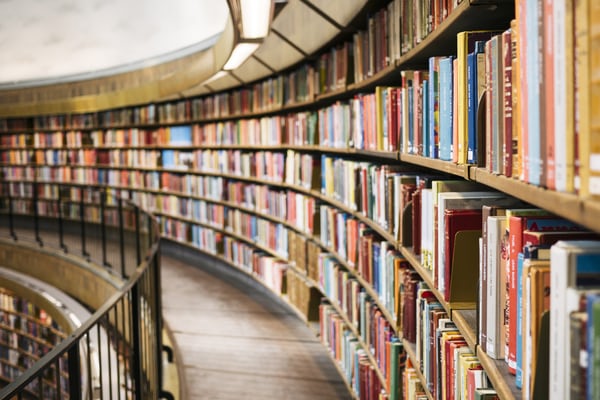
In the following articles, I’ll introduce the new curriculum and its changes, special features about it, and list some of the dilemmas and problems we face in today’s compulsory education scene in Taiwan.
In this article, I’ll explain the ideas of the curriculum and some distinctive changes in the arrangments of our courses.
To begin with, let’s look into some ideas concerning the curriculum.
The fundamental idea of the curriculum is that it wants students to take the initiative, to engage in interaction, and seek the common good; it expects students to become lifelong learners in three manners; spontaneity, communication and interaction, and social participation.
There are four macro goals of the curriculum, which will take different learning stages into account, and develop along with the core competencies.

The four are: inspir(ing) students to unleash their potential, teach(ing) and develop(ing) students’ knowledge about life, promot(ing) students’ career development, and inculcat(ing) students’ sense of civic responsibility.
The so-called 108 curriculum pays lots of attention to “literacy-based” education.
Literacy in this sense refers to the knowledge, ability, and attitude needed for an individual to adapt and adjust to their life while facing challenges in the future.
The 108 curriculum adopts the ideas of holistic education, and divides the learning field into eight area, which include: language arts, mathematics, social studies, natural sciences, arts, integrative activities, technology, and health and physical education.
Class credits of MOE-mandated general subjects are less, there are longer times available for school-developed required courses, “Inquiry and Practice” courses, cross-class elective courses, group activity period, and alternative learning periods.
This encourages each high school to develop their own specialties in the special courses.
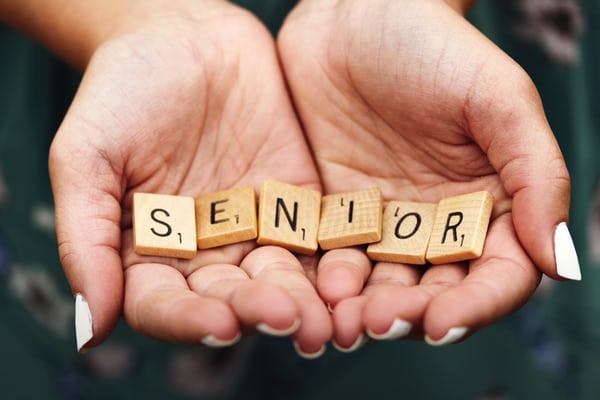
I’ll explain how each of the aforementioned courses varies.
- School-developed required courses
The school-developed required courses are aimed at bridging the gap between different educational stages and different subjects.
These encourage cross-curricular integrative contents, project-based classes, and practical experiments while urging schools to delineate their own courses on the basis of the vision, development goals, and features set out by schools.
Take my school for example – our school developed required courses in the topics of English& natural science, and Mandarin & math, each in a semester in senior year.
- “Inquiry and Practice” courses
The inquiry and practice courses are on the subjects of social studies and natural science. There is no specific learning content in the general guideline, it can vary from different schools, another example for the school-based pedagogy.
In these courses, the cross-curricular design of the class is also encouraged, students are told to observe, depict questions related to the issue, come up with practical implementations to resolve the problem, apply assessments and do experiments or take action.
Using myself as an example, we no longer have history and geography classes with textbooks in the 2nd semester in our senior year. Instead, we have inquiry and practice courses on those subjects, and in the classes, we have to find a topic on which to do further research, and eventually do something ourselves, be it a recorded video in groups, giving out surveys or writing a short thesis by ourselves.
- Elective courses
Elective courses include enrichment, expanded and remedial courses. Students can choose the courses autonomously by way of their interests and career plans. Each school may develop its own course plans, and this depends on the teachers, resources, and visions the school possesses.
Courses can be designed by the MOE or education groups. It can include local languages, foreign languages, cross-curricular projects, career development, national defense education, general education, and experiments. There are even some elective courses that are contributed to by different schools.
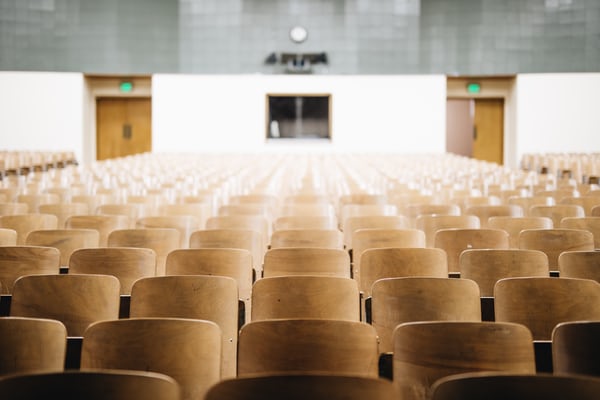
- Group activity period
The group activity period includes homeroom activities, club activities, student-directed activities, service learning, lectures, and assemblies. This also depends on each schools’ situation and background.
- Alternative learning period
The alternative learning period is the time for most students to operate self-directed learning, it can also be used to conduct athlete training, enrichment education, remedial education and school-distinctive activities.
Something worth mentioning is self-directed learning.
It is one of the most unique parts of the curriculum.
It has no class credits and won’t be used to grade students. The goal is to give students time, let them decide what they want to do, to look into and develop their own interests.
Schools or teachers cannot arrange this for the students.
Recent reports and research about education has indicated that civic literacy is the most important prerequisite for a nation’s competitiveness.
Lead by competency-oriented teaching, there are many differences in the 108 curriculum.
The impact of the transformation and those distinctive course arrangements allow us to expect future generations to grow up under the new curriculum guidelines.


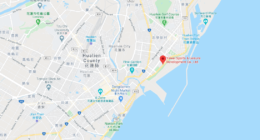
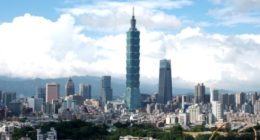
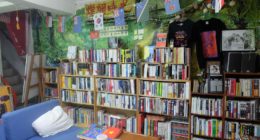

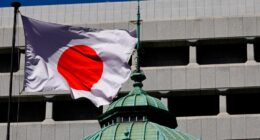


Comments are closed.